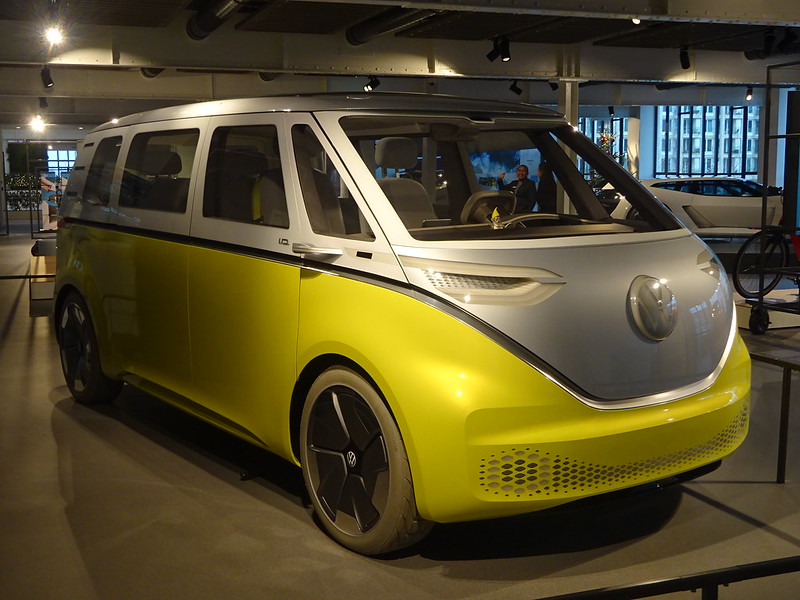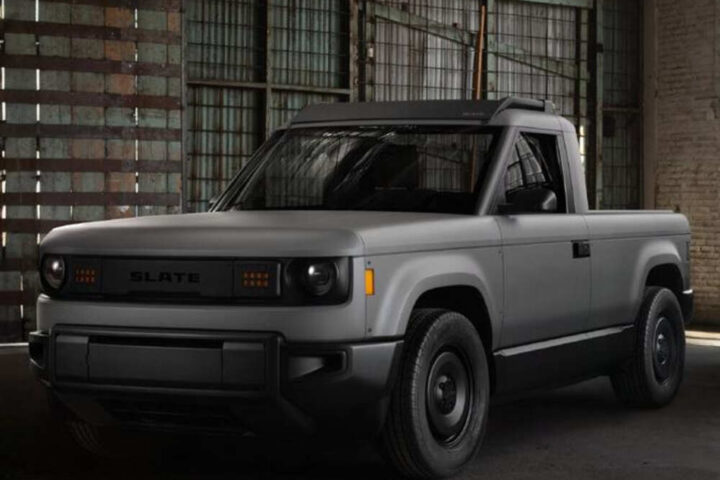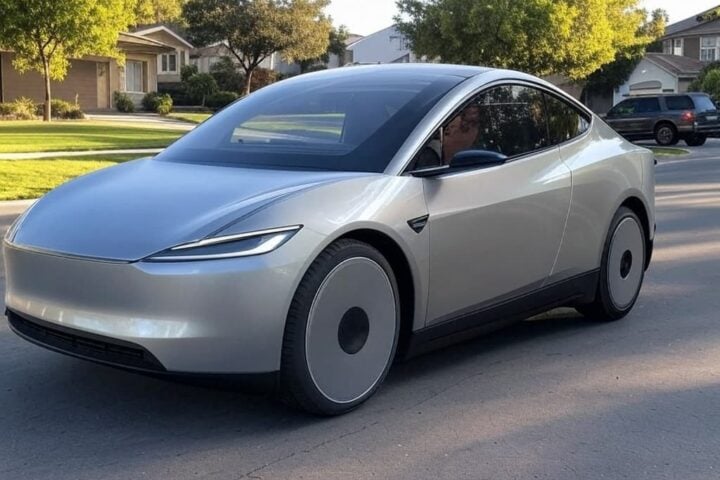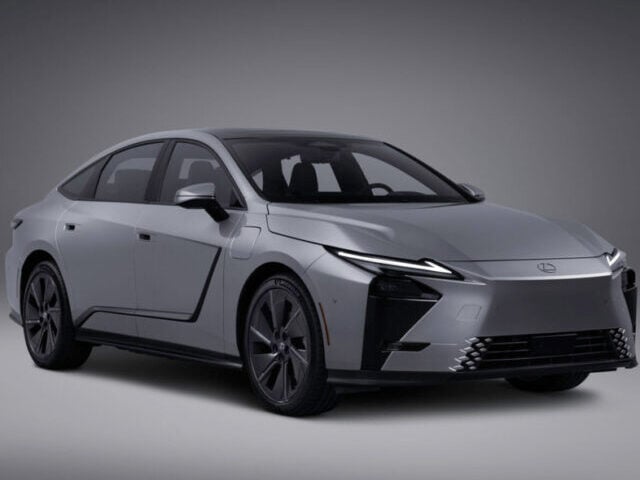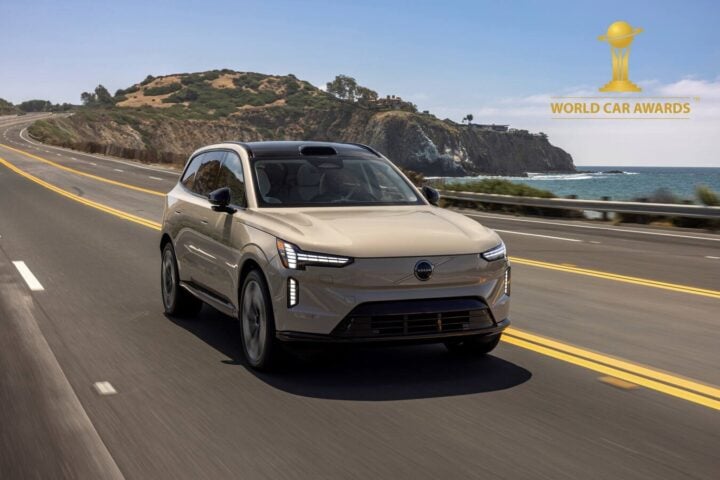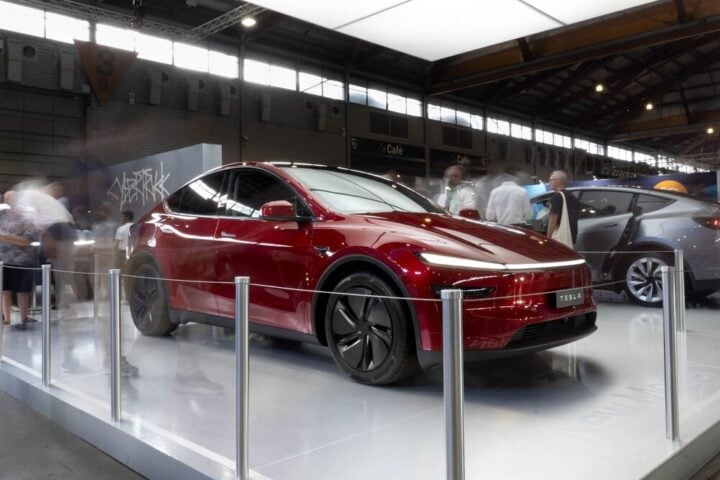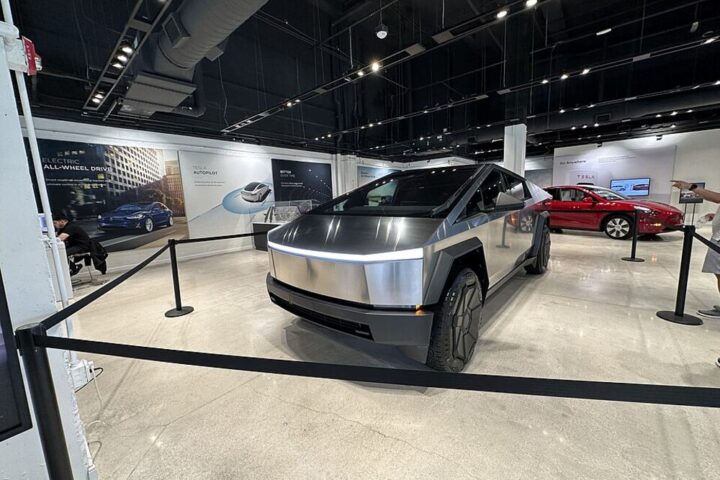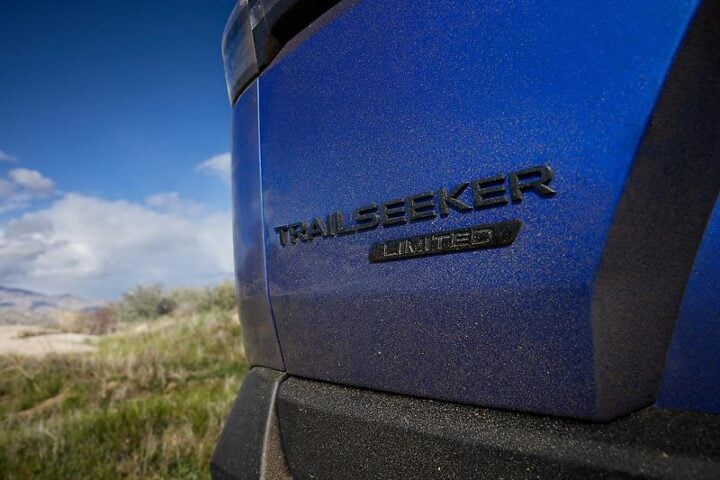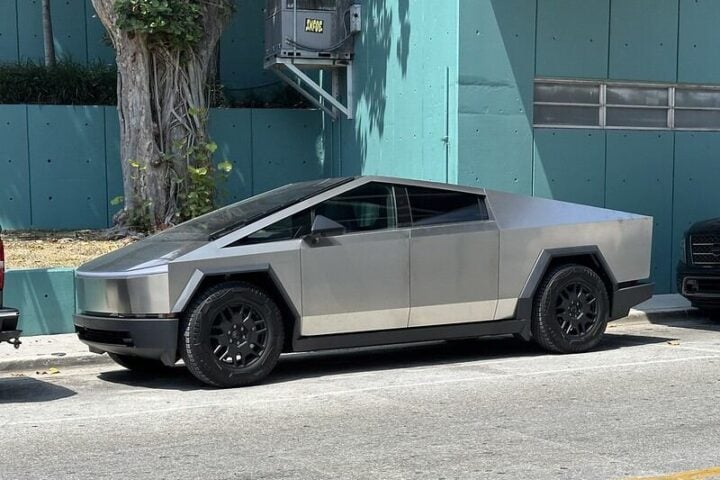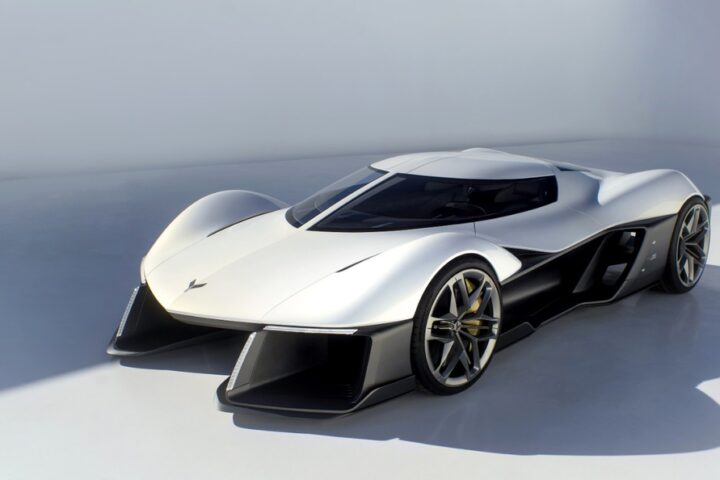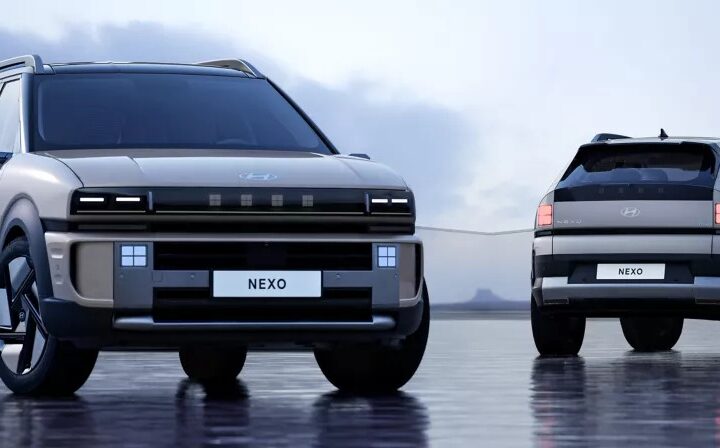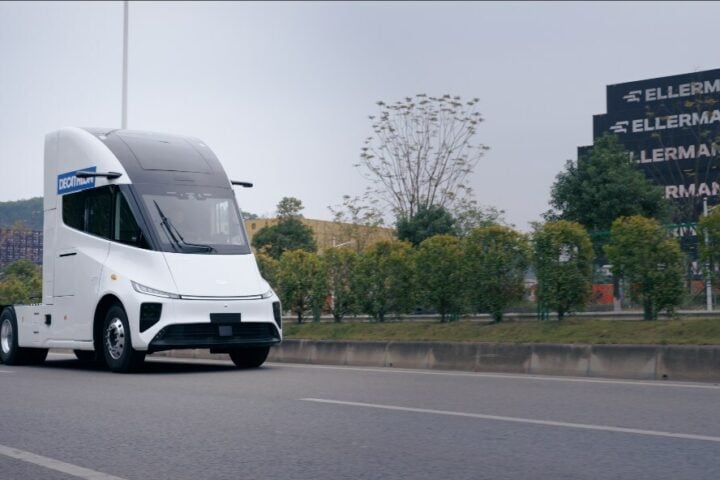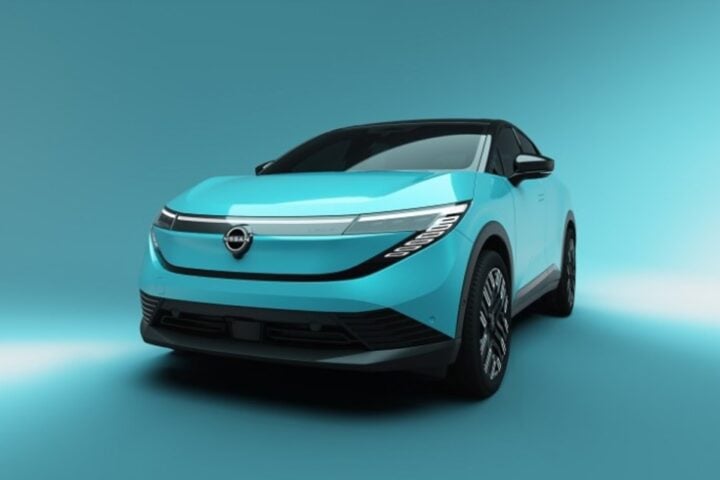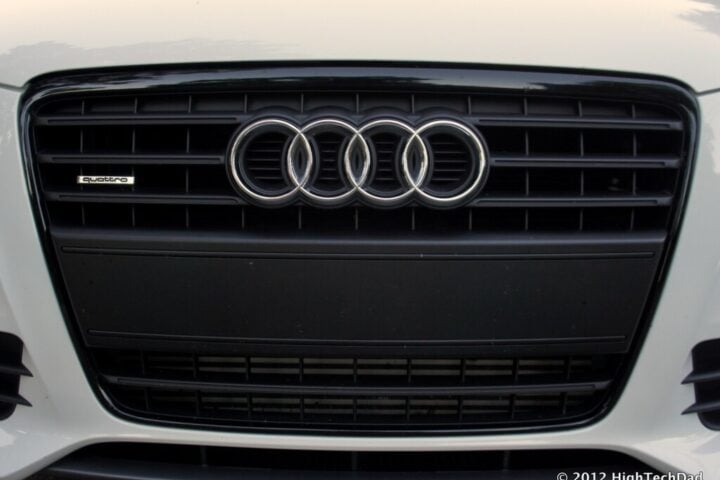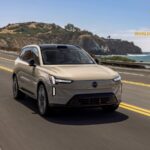Volkswagen has brought back its famous bus as an electric vehicle called the ID.Buzz. It’s turning heads and winning awards, including the 2025 North American Utility Vehicle of the Year. But how well does it work in everyday life?
“It’s beautifully flexible and clean in its delivery, making for terrific performance,” notes one test driver. The electric motor packs quite a punch – the basic model has 282 horsepower, while the all-wheel-drive version reaches 335 horsepower. It can go from stop to 60 mph in 6 seconds – much faster than the old VW bus ever could.
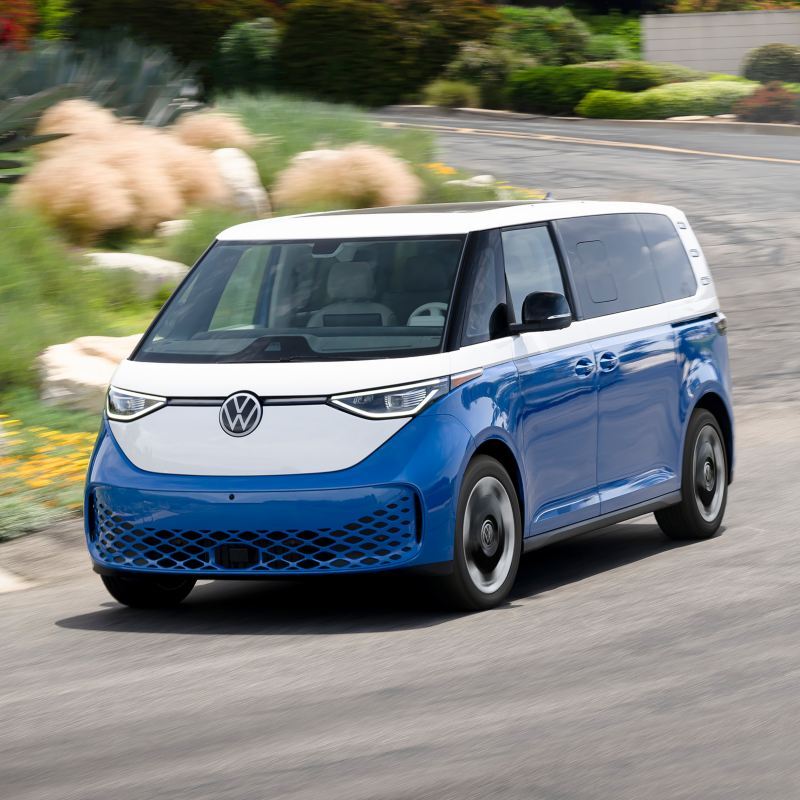
The battery should last about 231-234 miles on a full charge, according to official ratings. But real driving tests show it’s more like 170-190 miles on highways, especially when using the heater in cold weather. This means you’ll need to stop and charge every 150-160 miles on long trips.
Space and Features
The ID.Buzz shines when it comes to space. It fits up to seven people comfortably, with plenty of room for luggage. The seats slide and fold, making it easy to pack for family trips or big shopping runs. You sit up high, giving a good view of the road.
Standard features include automatic climate control, sliding rear doors that open by themselves, and a power-opening back door. The van has seven USB ports for charging phones and devices. But some nice-to-have items cost extra – like the sunroof ($3,290) or heated seats with massage function ($6,470).
Similar Posts:
“Even in the rear there’s acres of headroom and decent leg space, especially with the 60/40 split-folding seats slid back,” one reviewer points out.
Real-World Use
The biggest challenge comes with longer trips. Mark Gillies from Volkswagen explains, “People can see vehicles coming on the market that sort of fit what they want.” But finding places to charge can be tricky. Some charging stations work great, giving lots of power quickly. Others are very slow – one test found a charger that added only 15 miles of range per hour.
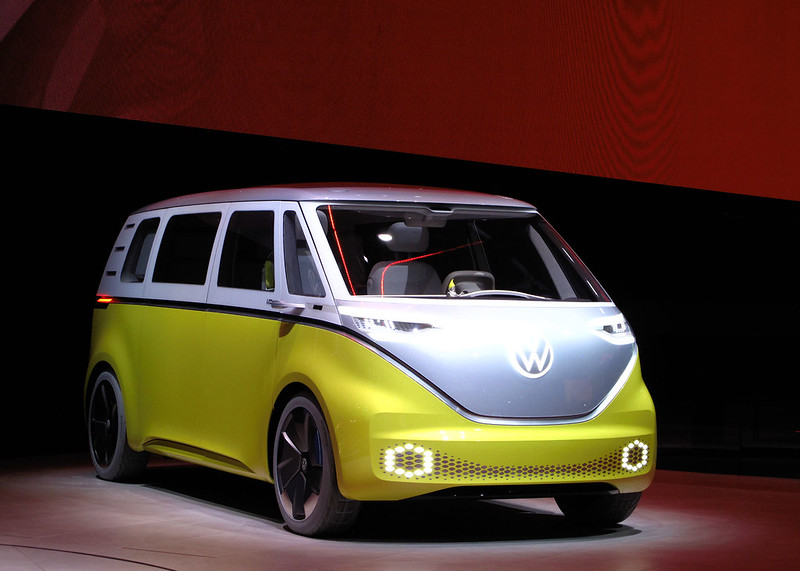
A charging session at fast chargers can cost around $40-45, based on reported experiences. Each charging stop usually takes about 30 minutes with fast chargers. Nicole Wakelin, editor at CarBuzz, says, “It’s not so much range anxiety, it’s infrastructure anxiety.”
Cost and Market Impact
The ID.Buzz starts at approximately $60,000. That’s not cheap, but it comes as electric cars are becoming more popular. Last year, Americans bought 1.3 million electric vehicles– a new record. Experts think this number will grow in 2025, with electric cars expected to make up 10% of all new car sales.
Volkswagen is testing a self-driving version of the ID.Buzz, which they hope to use for taxi services around 2026. The company sees electric vans as part of a bigger change in how we travel.
For now, the ID.Buzz works well for daily driving and shorter trips. Its space and comfort make it suitable for various daily uses. But longer road trips need careful planning around charging stops. As testing shows, while the ID.Buzz excels in many areas, the charging infrastructure presents real challenges for long-distance travel.
